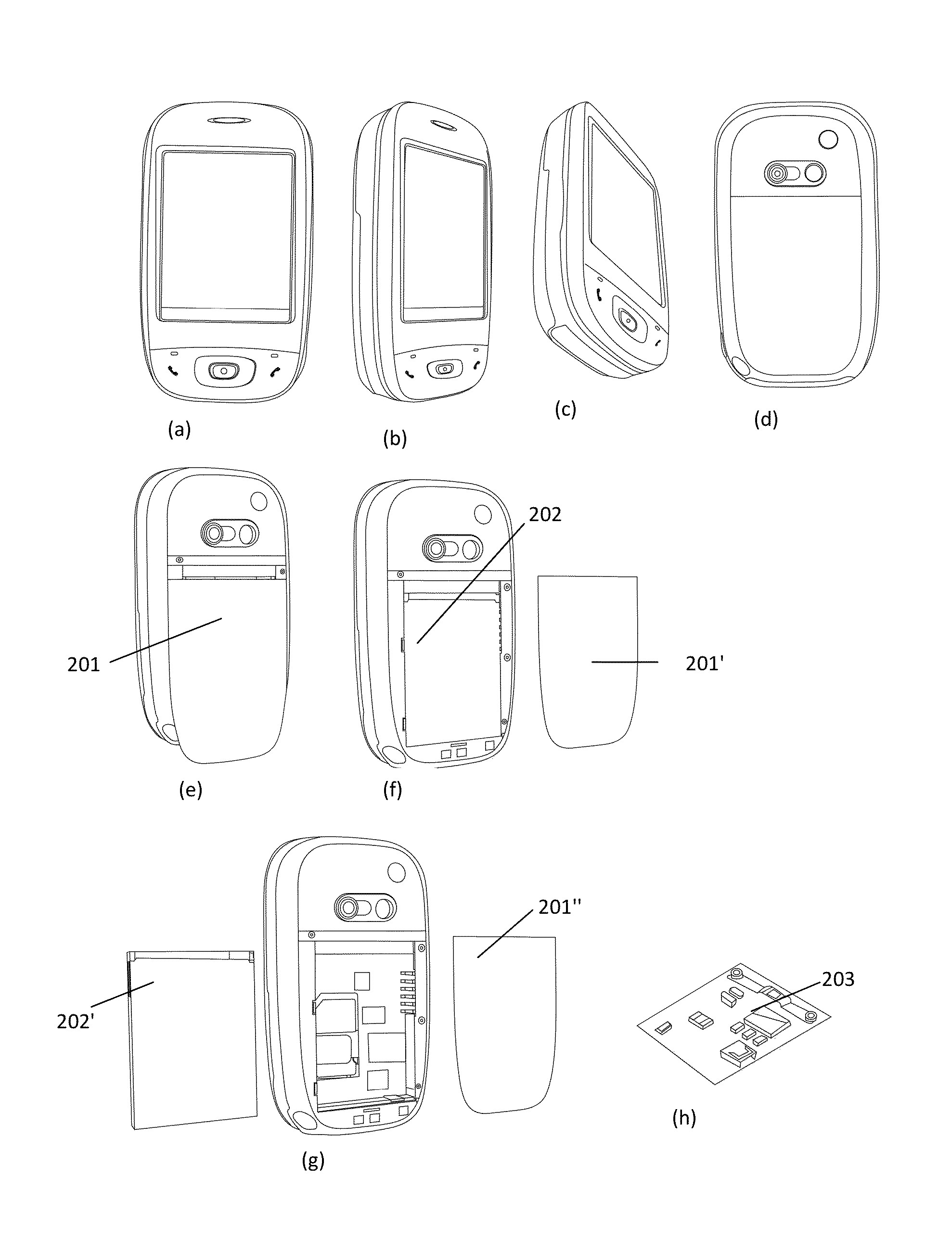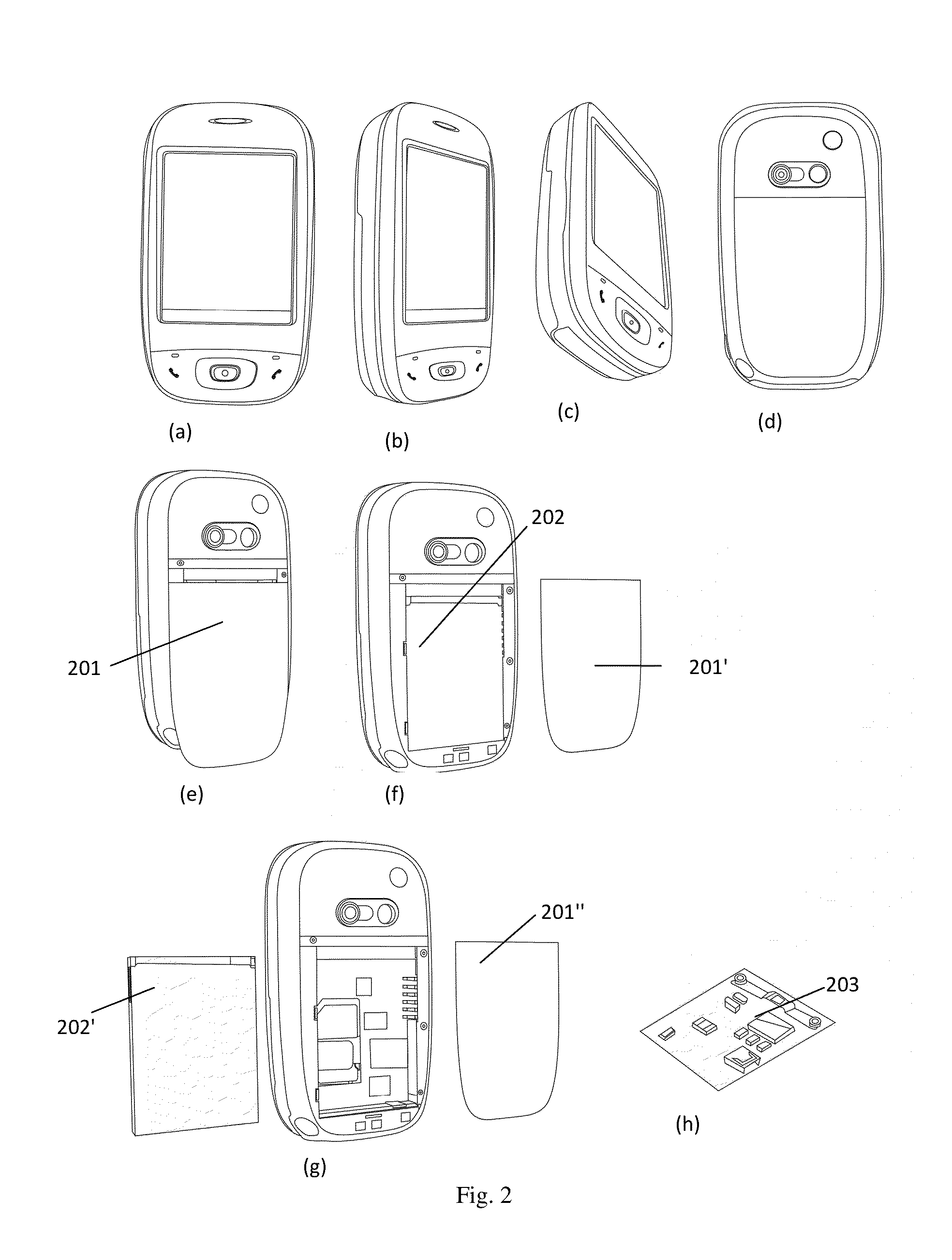In some other cases video of products are captured, but this makes the loading, and ultimately viewing slow, and further user get to see whatever is captured mostly either by streaming or through media player in two dimensional projections or partly in three dimensions.
However, this doesn't provide for generating a 3D model which has real object properties in true sense capable of user-controlled simulation and interactions not restricted or limited to pre-set or pre-determined interactions.
These types of interactions are limited to pre-defined set of offers, information about products.
However there still exists gap in bringing out the real-time intelligent human-like interaction between the said animated figure and real human user.
Such technology to
decipher meaning of language during
text chat by a virtual assistant or intelligent
system and provide user query specific response is costly endeavour and still a problem to be solved.
1. The existing simulated 3D-models are hollow models meaning such models doesn't allows intrusive interactions such as to see exploded view of the parts of a simulated 3D-model of an object in real-time, or open the parts of the 3D-model of object one by one as a person could have done in real
scenario. For example, in conventional
virtual reality set-up, a user cannot open the compressor of a refrigerator from a virtual 3D-model of refrigerator, or open or perform interactions with sub-part of the simulated 3D-model such as battery and other internal parts removed from a 3D-model of a mobile for interactions and realistic viewing, rotate tyres of car, move
steering wheel to judge the movement and
power steering, or examine the internal parts or interior built of a simulated 3D-model of mobile in real time. In some conventional cases, limited options are provided, on click of which an internal part of an object is visible in photographic or panoramic view, but such cannot do further analysis of internal parts beyond the provided options. Another example is 3D-view of a
bottle filled with oil or any liquid, where only a 3d-simulated view can be displayed in conventional systems, but a user cannot open the
cork of the
bottle, or pour the liquid from the
bottle in an interactive manner as per his desire which is possible in real
scenario. In other words user-controlled interaction is not feasible as per user choice.
2. They don't allow realistic extrusive interaction such as rotating 3D-model of object / s in 360 degree in different planes with ability of interaction from any projected angle. Mostly only 360 degree rotation in one plane is allowed in existing technologies. Further, current 3D-simulation technology lacks to give a realistic 3D-simulation effect or 3D
visualization effect, lighting effect for light-emitting parts of 3D-model of object, interacting with 3D-models having electronic display parts for understanding electronic display functioning, sound effects, of object such that creating illusion of real objects is not very precise in virtual views. In real object input is given at some part such as sound button on TV of real object to perform desired operation such as producing sound in speakers. Similarly input in 3d object can be provided to perform operation of the part of 3d object emulating real
scenario.
3. Another lack of originality and closeness to real-set up is operating pressure, judging sense of taste, sense of touch. For example, a user opening a movable-part of multi-part object such as refrigerator, where the user holds the
handle, and applies pressure to open the refrigerator door. Existing virtual 3D-simulated models of object and technology cannot judge the smoothness or softness of the
handle and the operating pressure or force required to open the refrigerator door.
4. Monitoring or visualizing time-bound changes observed on using or operating an object is not possible. User cannot check product or object behavior after a desired duration. For example checking the heating of iron, or cooling in refrigerators, or cooling generated by air conditioners in a room. Further, user cannot hear the sound when a refrigerator door is opened from a simulated 3D-model of object which mimics the real sound produced when opening the door of a real refrigerator in real setup. Further change in sound after certain intervals of time cannot be heard or monitored to experience the product performance, or to compare it with other product.
5. Further in real scenario a user can switch on a
laptop, computer, iPad, mobile or any computing device, and check the start-up time, speed of loading of the
operating system, and play music etc. Such interactions are lacking in real time for various virtual 3D-models and choice of user is limited to observing only the outer looks of the object such as
laptop.
6. Real environment mapping based interactions are interactions where
user environment, that is the place or location in the vicinity of user, is captured through a camera, mapped and simulated in real-time such that a realistic 3D-model or virtual object displayed on electronic screen can be seen interacting with the mapped and simulated environment. Such real-time interactions including
mirror effect are lacking in current technologies.
7. The existing technology doesn't allow dynamic customization of texturing pattern of 3D-model during loading of the 3D-model.
Such real-time and enhanced interactions are lacking in current
virtual reality related technologies.
The above constraints in current available technology / technologies makes very difficult for human user to interact with things virtually in a way that he / she can interact in real world, and hence there is need for a technology that enhances digital object viewing and interaction experience, and bridges the gap between real and
virtual world in true sense.
 Login to View More
Login to View More  Login to View More
Login to View More 


